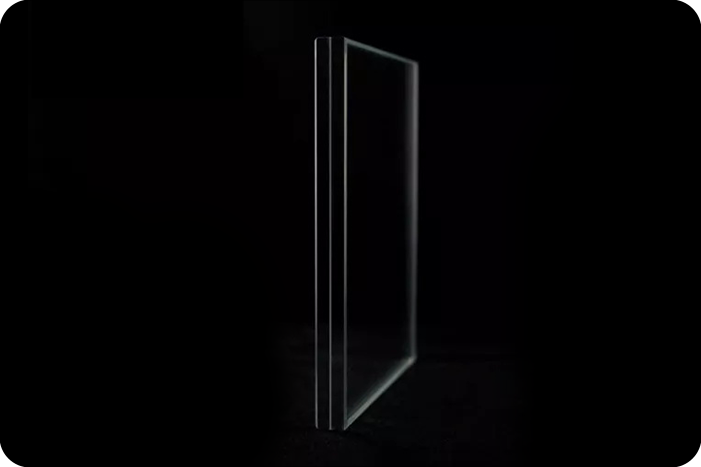The color fidelity of anti-reflective glass is usually very high, thanks to its special design and manufacturing process.
1. Color fidelity performance of anti-reflective glass
Reduce reflection interference: Anti-reflective glass reduces the interference of reflected light on the observer's vision by reducing the reflection of light on the glass surface. This helps the observer to see the color of the exhibit itself more clearly, thereby improving color fidelity.
Improve light transmittance: Anti-reflective glass can increase the transmittance of light, allowing more light to pass through the glass into the observer's eyes. This helps the observer to capture and perceive the color information of the exhibit more accurately.
Maintain color consistency: Anti-reflective glass takes into account the impact of different wavelengths of light on color during design and manufacturing. By precisely controlling the thickness and refractive index of the film, anti-reflective glass can maintain color consistency under different light conditions and reduce color distortion or shift.

2. Color fidelity performance in practical applications
In application scenarios such as museums, the color fidelity of anti-reflective glass has been widely recognized. When observers observe exhibits through anti-reflective glass, they can see the original colors of the exhibits more accurately, reducing color distortion or blurring caused by reflections and glare. This allows the exhibits to maintain their original color charm and artistic value during the display process.
3. Factors affecting color fidelity
Although anti-reflective glass performs well in color fidelity, there are still some factors that may affect it:
Film quality: The quality of anti-reflective film directly affects the performance of color fidelity. If there are defects or unevenness in the film, it may cause color distortion or shift.
Light conditions: Although anti-reflective glass can maintain color consistency under different light conditions, its color fidelity may be affected to a certain extent under extreme light conditions (such as strong sunlight or dim indoor environment).
Observation angle: At certain extreme viewing angles, the anti-reflection effect may be weakened, thereby affecting the performance of color fidelity.





